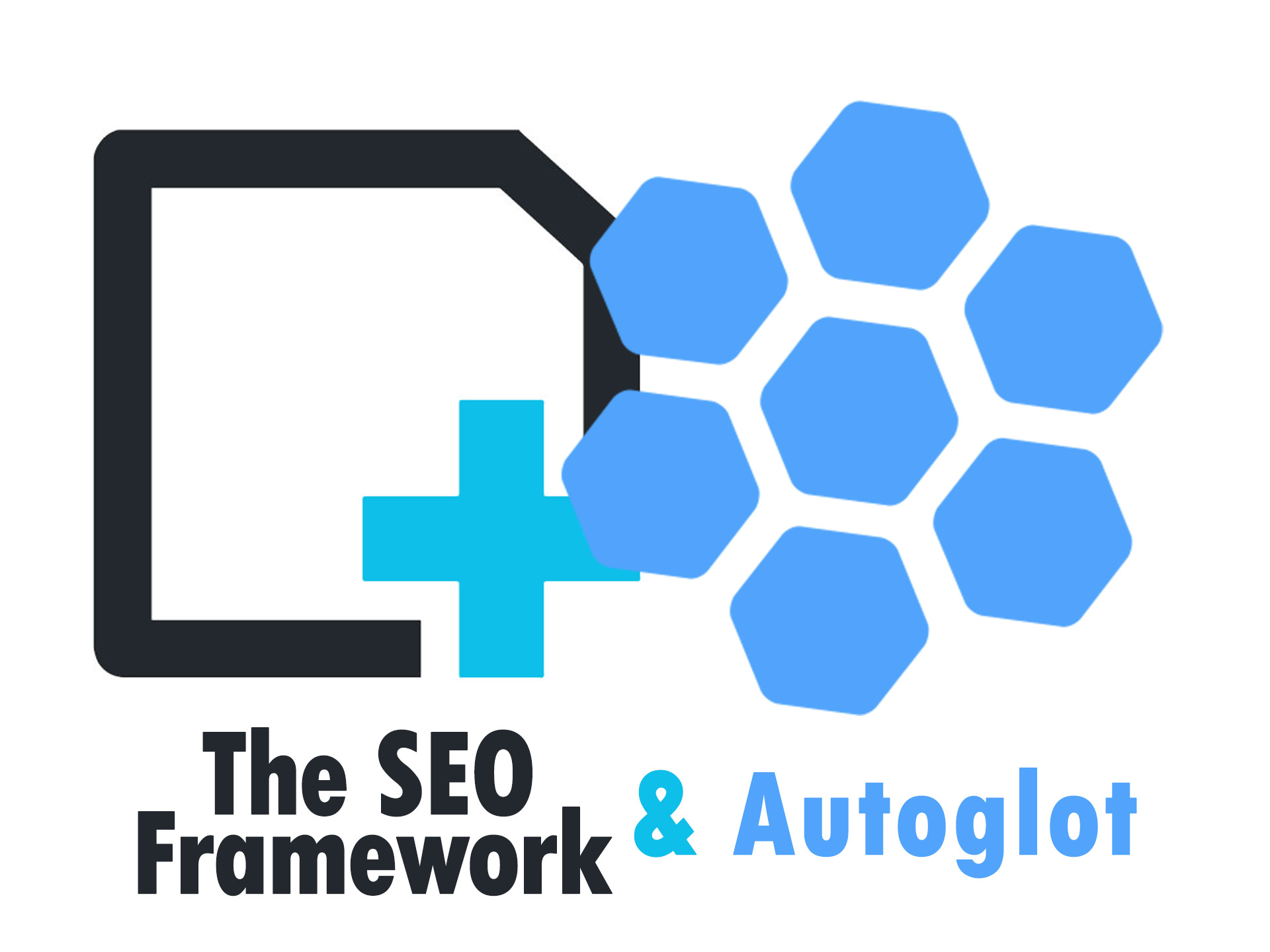
Multilingual websites offer businesses the opportunity to reach a wider global audience. By providing content in multiple languages, you can target users who prefer to browse and search the web in their native language. This increases engagement, improves the user experience, and makes your website more accessible to international visitors.
Introduction: The Benefits of Multilingual Websites for Global SEO
Creating content in various languages also enhances your website’s SEO performance on a global scale. Search engines like Google favor sites that provide localized content, helping you rank higher in international search results. With a multilingual website, you can improve your visibility across different regions, capture international search traffic, and drive more organic visitors from various countries.
Gaining a Competitive Advantage
Having a multilingual website sets you apart from competitors who only operate in a single language. By providing content tailored to diverse language markets, you open up new growth opportunities and establish a global presence. This not only increases traffic but also boosts conversion rates as visitors are more likely to engage with content in their native language.
Building Trust with Global Audiences
A multilingual website also builds trust with international audiences. When users can interact with your content in their preferred language, they are more likely to stay on your site longer and explore your offerings. This helps foster loyalty and long-term engagement, which is key for building lasting customer relationships in new markets.
Multilingual websites help businesses expand their reach, improve SEO performance, gain a competitive advantage, and build trust with global audiences.
Source: 5 Reasons a Multi-Language Website is Beneficial for your Business
Overview of “The SEO Framework” Plugin: Benefits and Drawbacks
Key Features of “The SEO Framework” Plugin
“The SEO Framework” is a powerful and lightweight SEO plugin designed to optimize WordPress websites. It offers a straightforward user interface and a set of robust tools that help enhance your website’s SEO without overcomplicating the process. With automatic SEO suggestions, pre-configured settings, and minimal bloat, it’s especially popular among users looking for simplicity and efficiency.
Benefits of Using “The SEO Framework”
- One of the main benefits of “The SEO Framework” is its ease of use. The plugin provides clear and concise SEO optimization recommendations, making it easy for users with any level of expertise to manage SEO tasks. It’s also lightweight, meaning it won’t slow down your site, which is crucial for both user experience and SEO rankings.
- Another advantage is its strong privacy policy. Unlike some other plugins, “The SEO Framework” does not track user data or display ads. This makes it an appealing choice for those concerned about privacy and site performance. Additionally, the plugin integrates well with other tools, making it highly flexible for various SEO needs.
Drawbacks of “The SEO Framework”
Despite its benefits, “The SEO Framework” has a few limitations. One of the main drawbacks is the limited support for multilingual websites. While it excels in single-language SEO, it lacks advanced features for managing multilingual content, which is vital for businesses looking to expand internationally. Users may also find that the plugin offers fewer customization options compared to more feature-rich SEO plugins like Yoast or Rank Math.
“The SEO Framework” plugin is an excellent choice for simple SEO management, but it may fall short for users with multilingual or complex SEO requirements.
Source: The SEO Framework
Installing and Setting Up “The SEO Framework” Plugin
Step 1: Installing the Plugin
Installing “The SEO Framework” plugin on your WordPress site is a simple process. Start by navigating to the WordPress dashboard, and from the left-hand menu, select “Plugins” and then click on “Add New.” In the search bar, type “The SEO Framework” and press enter. Once the plugin appears, click on “Install Now” and then “Activate” to enable the plugin on your site.
Step 2: Initial Setup and Basic Configuration
After activating the plugin, head to “SEO” in your WordPress dashboard to begin the setup. “The SEO Framework” comes pre-configured with settings that work for most websites, so you don’t have to spend much time tweaking options. However, for better optimization, it’s recommended to go through the basic settings.
Navigate to the “SEO Settings” page, where you can customize the general settings. Here, you can set your homepage SEO title and meta description, choose how you want social media sharing to appear, and configure your default schema settings. This section allows you to tailor the plugin to fit the needs of your specific website.
Step 3: Optimizing Individual Pages and Posts
Once the basic setup is complete, you can start optimizing your pages and posts. When you create or edit a post or page, “The SEO Framework” automatically adds a new SEO box below the content editor. Here, you can customize the SEO title, meta description, and other relevant fields to enhance your content’s SEO performance. The plugin also gives you real-time feedback on your optimization efforts, making it easy to make improvements as needed.
The installation and setup of “The SEO Framework” plugin are straightforward, with pre-configured options that suit most users and easy access to SEO settings for page-by-page optimization.
Read more: The SEO Framework WordPress Repository
Importance of International SEO with “The SEO Framework” Plugin
Why International SEO Matters
International SEO is crucial for websites looking to expand their reach beyond a single language or region. When you optimize your site for multiple languages, you increase your chances of appearing in search results for users in different countries. This helps capture international traffic and improves your site’s visibility in global markets, directly impacting growth and revenue.
Challenges of Multilingual SEO
One of the main challenges in international SEO is optimizing titles, meta descriptions, and other SEO elements for multiple languages. Search engines require well-structured, localized content to rank your pages effectively in different languages. Managing these elements manually can be difficult, especially when you need to update them regularly across multiple languages. Additionally, it’s important to ensure that your translated pages are indexed properly by search engines, which means adding them to your XML sitemaps.
Optimizing Titles and Meta Tags for Multilingual Websites
“The SEO Framework” plugin allows users to optimize titles and meta descriptions, but it lacks built-in support for multilingual sites. This means you must manually translate each page’s SEO tags and update them individually for every language version of your site. While this process works for small websites, it can become overwhelming when dealing with a larger, multilingual site.
Ensuring Proper Sitemap Management for Global SEO
Adding translated pages to your XML sitemap is essential for search engines to crawl and index them correctly. With “The SEO Framework,” you’ll need to manually include these pages in your sitemap, which can be time-consuming and prone to errors, especially as your website grows.
International SEO requires careful attention to translating SEO elements and managing sitemaps, which can be challenging when using “The SEO Framework” without additional automation tools.
Source: Multilingual SEO: 5 Best Practices to Remember
Manual Approach to Translating Titles, Meta Tags, and Sitemaps in “The SEO Framework”
Manually Translating Titles and Meta Tags
The manual approach to translating page titles and meta tags in “The SEO Framework” requires a lot of hands-on work. For each page or post on your site, you’ll need to translate the title, meta description, and other SEO tags into each target language. This process can be done by switching between the language versions of your site and updating the SEO settings for each page manually. While this ensures accurate translations, it is a time-consuming and repetitive task.
Updating SEO Elements for Each Language
Managing changes to titles and meta tags across multiple languages is another challenge. If you update the content in the original language, you’ll need to revisit each translated page to ensure the titles and meta descriptions are still accurate and aligned with the updated content. This is critical for maintaining consistent SEO performance, but it can become unmanageable as your multilingual content grows.
Adding Translated Pages to the Sitemap
Once you’ve manually translated your titles and meta tags, the next step is to include the translated pages in your XML sitemap. With “The SEO Framework,” this involves updating the sitemap settings and manually adding each translated page. Sitemaps are essential for search engines to properly index your content in different languages, but maintaining them manually is labor-intensive, especially for large sites with frequent updates.
Managing Multilingual SEO Manually: The Drawbacks
The manual approach to managing multilingual SEO is prone to errors and inefficiencies. As your site grows, keeping up with translations, updating SEO elements, and maintaining sitemaps becomes increasingly difficult. For many site owners, the manual method quickly becomes unsustainable due to the time and effort required.
Manually managing SEO titles, meta tags, and sitemaps for multilingual websites is a labor-intensive and error-prone process, particularly for larger sites.
Automating International SEO with Autoglot WordPress Translation Plugin
Streamlining SEO Translations with Autoglot
Autoglot simplifies the process of translating page titles, meta tags, and other SEO elements in The SEO Framework plugin. Unlike the manual approach, where you need to translate and update these fields individually for each language, Autoglot handles this automatically. As it translates your website’s content, it also translates SEO tags like page titles and meta descriptions, ensuring that all crucial elements for SEO are localized without any extra effort.
Automatic Updates to Translated SEO Tags
Autoglot keeps your multilingual SEO tags in sync with the original language versions. If you make any changes to the original page titles or meta descriptions, the plugin automatically updates the translations across all language versions. This ensures that your SEO efforts are always up to date and consistent across every language, saving you the time and hassle of manual updates.
Seamless Sitemap Integration with “The SEO Framework”
In addition to translating SEO tags, Autoglot also integrates seamlessly with “The SEO Framework” plugin to update sitemaps automatically. When you add or update translated pages, Autoglot automatically includes them in the XML sitemap generated by “The SEO Framework.” This ensures that all translated content is properly indexed by search engines, without requiring any manual intervention on your part.
Benefits of Using Autoglot for International SEO
By automating the translation of SEO tags and sitemap updates, Autoglot eliminates the most time-consuming aspects of multilingual SEO management. It not only reduces the potential for errors but also streamlines the entire process, making it ideal for larger multilingual websites that require frequent updates. The plugin also ensures your site’s SEO remains consistent across different languages, helping you maintain and improve your rankings globally.
Autoglot provides an automated solution for managing multilingual SEO, including translation of SEO tags and seamless sitemap integration, making it a time-saving and efficient tool for international SEO.
Read more: How to Automate Translation Process for WordPress?
Additional Benefits of Autoglot for International SEO
Enhanced Translation Quality with the Translation Editor
In addition to automatic translation capabilities, Autoglot offers a convenient translation editor that allows site administrators and MTPE (Machine Translation Post-Editing) editors to review and modify translations. This feature is essential for ensuring translation quality, as it enables users to fine-tune automated translations, correct errors, and adapt content to better fit the target audience. With this editing capability, you can maintain a high standard of quality across all your multilingual content, which is crucial for engaging users and improving your site’s credibility in different markets.
Efficient Collaboration and Customization
The translation editor also promotes efficient collaboration among team members. Multiple users can work together to review and refine translations, allowing for a more streamlined process. This collaborative environment not only enhances the accuracy of translations but also helps tailor content to resonate more effectively with local audiences. By involving human expertise in the translation process, Autoglot helps you achieve a level of precision that purely automated solutions may not provide.
URL Translation Feature for Improved Global SEO
Another significant advantage of Autoglot is its helpful URL translation feature, which further boosts your site’s global SEO. This feature allows you to translate URLs into the target language, making them more relevant and user-friendly for international visitors. Well-structured, localized URLs enhance your site’s visibility in search engine results and improve click-through rates, as users are more likely to engage with links that are familiar and understandable.
Comprehensive Support for International SEO
By combining automatic translations with editing capabilities and URL translation, Autoglot provides a comprehensive solution for managing international SEO. These features work together to enhance the overall quality of your multilingual content, ensuring that it not only meets SEO standards but also resonates with your global audience.
Autoglot translation editor and URL translation feature enhance the quality and effectiveness of your international SEO efforts, providing a robust framework for reaching and engaging users worldwide.
Translation Editor: How to Improve the Quality of Machine Translation?
URL Translation: How to Translate WordPress URLs and Improve International SEO?
Conclusion: Choosing the Best Approach for Multilingual SEO with “The SEO Framework”
Manual vs. Automated SEO Management
When it comes to managing multilingual SEO with “The SEO Framework,” you have two main options: manual or automated. The manual approach requires translating each page’s SEO elements—such as titles and meta tags—and updating them individually in multiple languages. You’ll also need to manually manage the sitemap, ensuring translated pages are correctly indexed. While this gives you full control over every detail, it’s a time-consuming and labor-intensive process that becomes increasingly difficult as your website grows.
On the other hand, the automated approach with Autoglot WordPress translation plugin offers a more efficient solution. By automating the translation of SEO tags and updating sitemaps automatically, Autoglot reduces the workload and eliminates the risk of errors. It ensures that your website’s international SEO remains consistent, up-to-date, and properly indexed by search engines, all without manual intervention.
Benefits of Automation with Autoglot
Using Autoglot for SEO management provides several key benefits for multilingual websites. It saves you time, reduces the potential for errors, and ensures that all translated content—along with its SEO metadata—is properly optimized for international search engines. Additionally, Autoglot’s integration with “The SEO Framework” guarantees that your translated pages are automatically included in your site’s XML sitemap, which is essential for effective indexing.
The Best Choice for Your SEO Needs
For businesses aiming to expand globally and manage multilingual content efficiently, the automated solution provided by Autoglot is the clear choice. It not only simplifies the translation process but also ensures that your website’s SEO remains effective across multiple languages, helping you to attract a global audience and improve your site’s search engine rankings.
Choosing Autoglot for managing multilingual SEO with “The SEO Framework” is a time-saving, efficient solution that helps boost your international presence and maintain consistent SEO performance.



